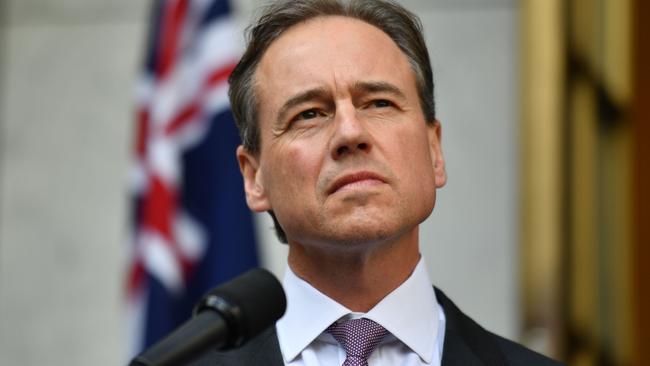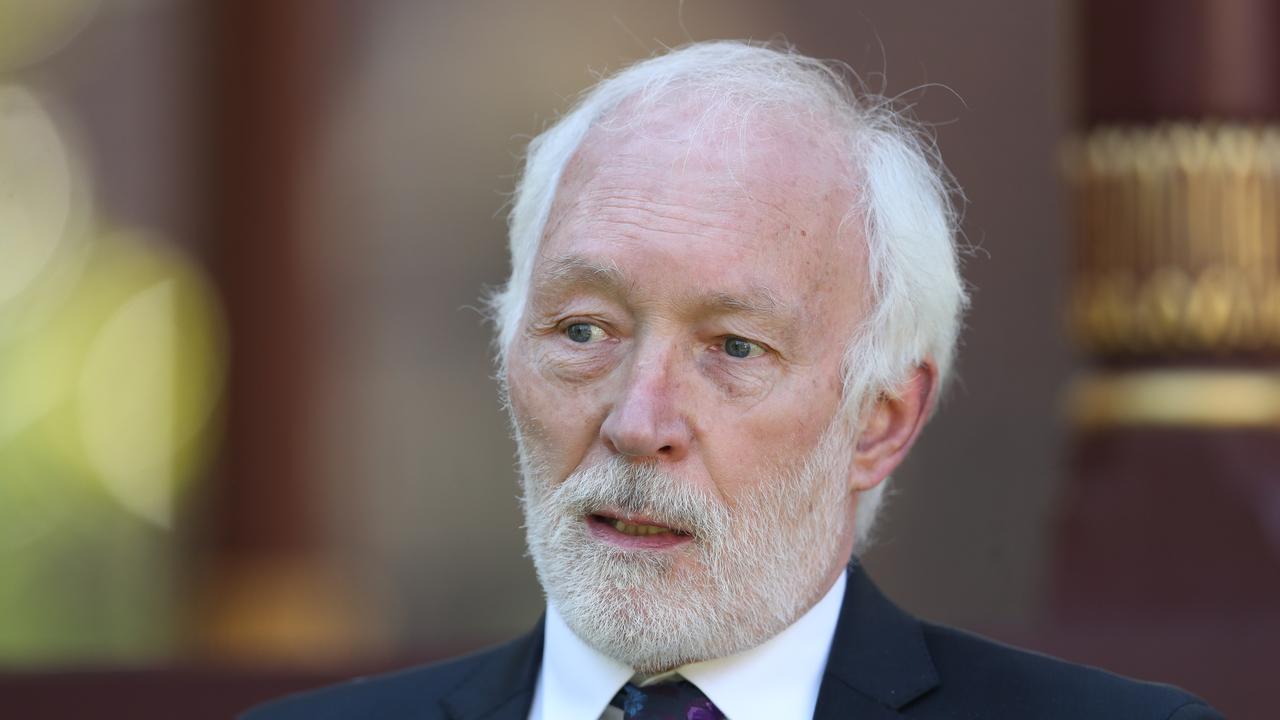Patients slugged $1.4bn in private gap fees
Public hospital patients are paying out $1.4bn in private gap fees a year as the states rely on insurers to prop up their budgets.

Public hospital patients are paying out $1.4 billion in private gap fees every year as the states continue to rely on insurers to prop up their budgets, according to new figures from the Australian Institute of Health and Welfare.
The federal government is also contributing a larger share of the cost of delivering public hospital services, with its contribution rising to 40.6 per cent in 2016-17 as the states’ share fell to 51 per cent.
That was the lowest proportion for the states and the highest for the commonwealth in eight years. Patients, meanwhile, were responsible for 2.7 per cent and insurers 2.3 per cent.
Last financial year, the commonwealth gave $21.7bn to public hospitals (up 6.2 per cent on the previous year) and the states put up $27.3bn, an increase of 0.1 per cent and well below their 10-year average growth of 3.4 per cent.
While the contribution from non-government sources, such as insurers and individuals, was only 8.4 per cent of public hospital expenditure overall, its growth rate over the decade exceeded that of both levels of government.
Some $448 million of the commonwealth contribution last year was for insurance rebates, while the insurers paid out $1.2bn to public hospitals.
Patients forked out $1.4bn, which the institute said was “largely due to gap payments during use of private health insurance in public hospitals”.
Health funds say public hospitals billing insurers is driving up premiums, especially when Australian citizens have a right to be treated publicly without charge.
However, the states say the practice is not illegal, can be part of the process of hiring specialists, and is sometimes necessary because there is no nearby private hospital.
Federal Health Minister Greg Hunt has put forward a heads of agreement on public hospital funding, which would include discussion of possible insurance restrictions, but Victoria and Queensland have refused to sign.
South Australia, meanwhile, has ordered an independent review of private billing and insurance.
While the holdout states are partly motivated by concerns over the national funding reconciliation process, which has left them short-changed, Mr Hunt said the AIHW figures “make Queensland and Victoria look, frankly, ridiculous”.
“There’s no reason and no excuse for them not to sign … behind the scenes, their officials have made it clear they’re ready to,” Mr Hunt said yesterday.
He said the federal Coalition had delivered more funding, and maintained a higher growth rate, than the Labor Party when it was in government.
The funding formula and process introduced by Labor continues to cause tensions.
The Administrator of the National Health Funding Pool, Michael Lambert, this week provided Josh Frydenberg with the final reconciliation for 2016-17.
The states will receive almost $19bn in National Health Reform funding, almost $1.6bn more than the previous year, but in the process lose $300m they were expecting because of changes in forecasts and the complexity of patient requirements.
Mr Lambert told the federal Treasurer that the states were worried it would have a flow-on effect and undermine their future budgets.
He said the Independent Hospital Pricing Authority had agreed to “carefully review this” to help address the states’ concerns.
Mr Hunt said he would respect the independent process.
He also said he believed Mr Lambert would next be working on the dispute resolution process, and clear timelines, that the commonwealth had promised the states.



To join the conversation, please log in. Don't have an account? Register
Join the conversation, you are commenting as Logout